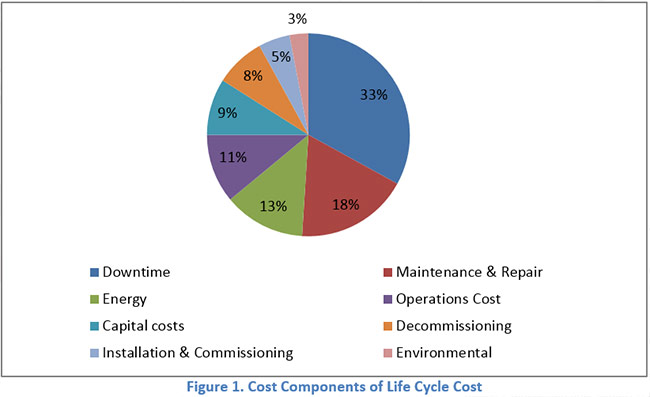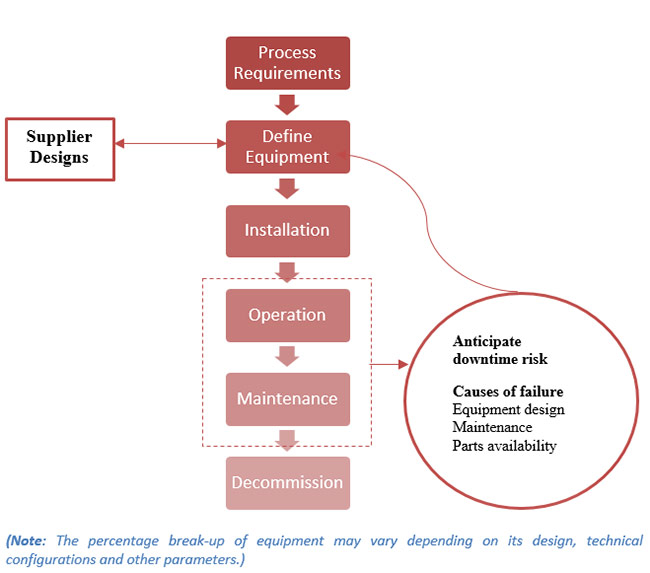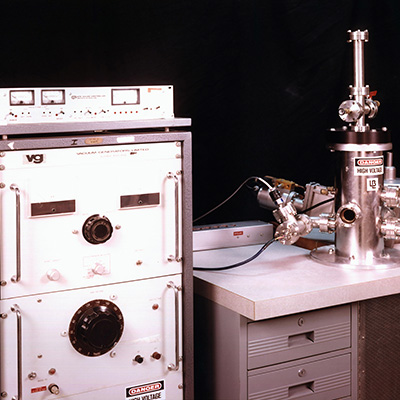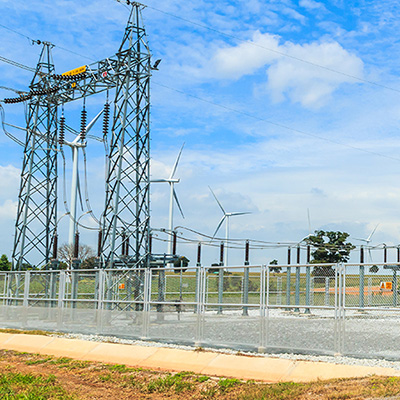Published On: May 27, 2016
TYPICAL COST COMPONENTS AND PROCESSES TO CONSIDER DURING LIFE CYCLE COST APPROACH
Life Cycle Cost is the total cost of ownership of machinery and equipment, including its cost of acquisition, operation, maintenance, replacement and/or decommission. It is one of the pivotal aspect to consider in today’s electrical power system owing to expensive equipment. LCC analysis helps in making an informed decision in order to achieve the most economical process from inception to decommissioning. It is helpful for utility engineers to justify equipment and process design based on total cost rather than initial purchase cost of the equipment alone. Procurement strategies focused on lower initial costs are more likely to lead to higher long-term costs. They are often directed to reduce costs and work within budget. In the short run, this approach can be efficient but eventually this will come with increased maintenance cost or other problems over equipment lifetime.
The main goals of LCC are:
|
A typical LCC process includes steps as shown in above figure. Brief explanation of each is as follows:
|
CONCLUSION
Utility engineers and professionals are less acquainted to the fact that the variable costs (i.e. operating costs, maintenance and cost of downtime) contribute largely to the total cost of ownership across the whole life cycle of the equipment. Due to lack of awareness in common practice, life cycle cost plans are seldom put into practice. LCC is the need of the hour in leveraging mitigation methods like passive filters to keep the overall capital cost low, helping utilities to experience growth in their profit.
REFERENCES
- Transformer Life-Cycle Cost (Total Owning Cost) – Premium Efficiency Motors and Transformers
- Lifecycle Costs for Capital Equipment In the CPI by Jeff Hoffman and Paul O.Abbe – July 2013
- Power Quality And Cost Improvement By Passive Power Filters Synthesis Using Ant Colony Algorithm by Rachid Dehini and Slimane Sefiane, Journal of Theoretical and Applied Information Technology,2005-2011
- Power System Harmonics Causes and Effects of Variable Frequency Drives Relative to the IEEE 519-1992 Standard by SQUARE D Product Data Bulletin. August 1994.
- Harmonics & Its Mitigation Technique by Passive Shunt Filter by Kuldeep Kumar Srivastava, Saquib Shakil, Anand Vardhan Pandey, International Journal of Soft Computing and Engineering (IJSCE) ISSN: 2231-2307, Volume-3, Issue-2, May 2013.
- Electrical Installation Wiki by Schneider Electric.
- Harmonic Mitigation Techniques Applied to Power Distribution Networks by Hussein A. Kazem, 21 January 2013.
- Mitigating harmonics in electrical systems by Nicholas Rich, PE, LEED AP, Interface Engineering, Seattle, 13 march, 2014.
- Pump Life Cycle Costs: A Guide To Lcc Analysis For Pumping Systems by Hydraulic Institute, Europump, Office of Industrial Technologies Energy Efficiency and Renewable Energy U.S. Department of Energy.










